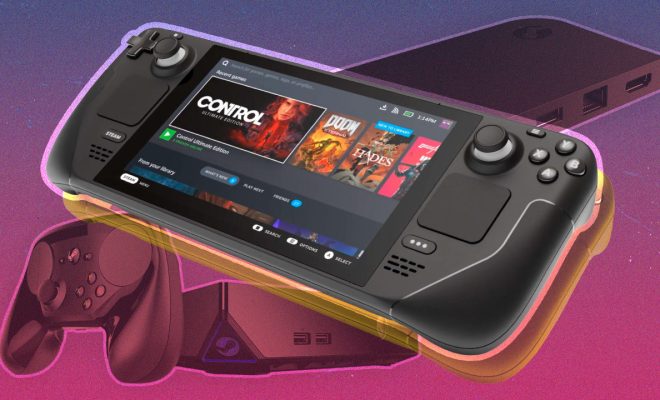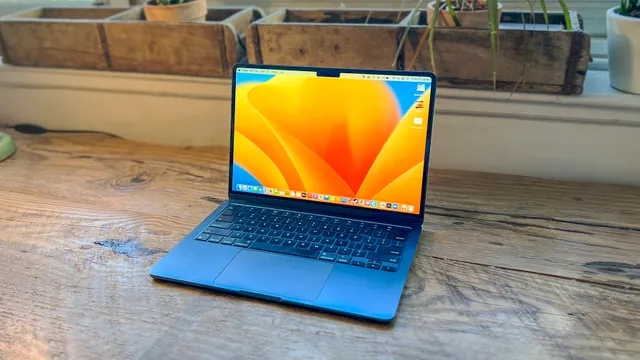How Valve’s Failures Led to the Steam Deck

In the world of gaming, innovation is vital for constant progress and improved gaming experiences. Valve Corporation, a leading game developer and platform provider, is no stranger to this concept. The company has had its fair share of successes—some of which can be attributed to earlier failures. Among its latest achievements is the much-anticipated Steam Deck, a handheld gaming device that aims to revolutionize the way players engage with their games on-the-go. But how did Valve’s past failures pave the way for this seemingly ground-breaking device?
Long before the Steam Deck, there was the Steam Machine—a project that took off in 2013 but didn’t quite materialize as Valve had hoped. Designed to provide a console-like experience within the broader ecosystem of Steam games, Valve intended this device to bridge the gap between PC and console gaming. However, due to various problems like insufficient hardware specifications and a general lack of consumer interest, the Steam Machines never found their foothold in the market.
The shortcomings of this ambitious project taught Valve valuable lessons in hardware development—the first step towards realizing what would become the Steam Deck.
Another failure that led to eventual success was Valve’s attempt at creating a unique controller for gaming devices. Steam Controller was an innovative gamepad designed to deliver customizable input based on each user’s preferences. Although praised for its innovation, the product failed commercially due to sharp learning curves and compatibility issues with popular titles.
Nevertheless, Valve’s courageous strides into gamepad design cemented their commitment to finding new ways for gamers to interface with their content. This willingness ultimately led them towards integrating elements from both traditional console controllers and their unique Steam Controller technology into the Steam Deck.
Lastly, it is important not to forget Valve’s major success: virtual reality headsets such as Vive and Index. While these ventures were more successful than their predecessors, they still faced obstacles when it came to actual implementation, including high entry costs and limited adoption. Despite these setbacks, Valve’s work in VR technology influenced their approach to the Steam Deck, optimizing it for high-quality gaming experiences regardless of the affordability aspect.
Ultimately, Valve’s failures have paved the way for the Steam Deck by teaching the company about hardware design, user input devices, and determining what resonates with their target audience. The lessons learned from these earlier projects have proven invaluable to Valve’s development process, allowing them to pivot and adapt as necessary. As a result, they’ve produced a device that has gamers worldwide on the edge of their seats, eager to experience a new evolution in handheld gaming concepts.






